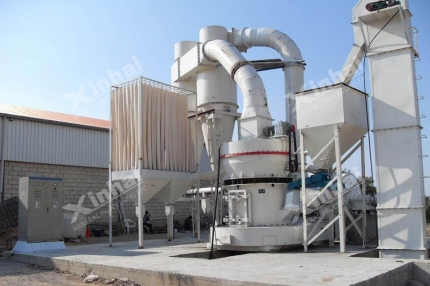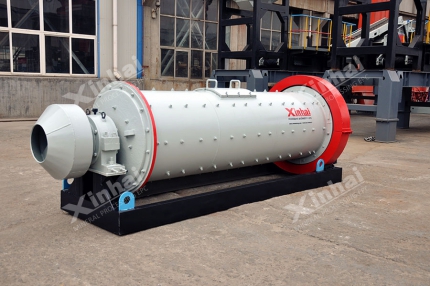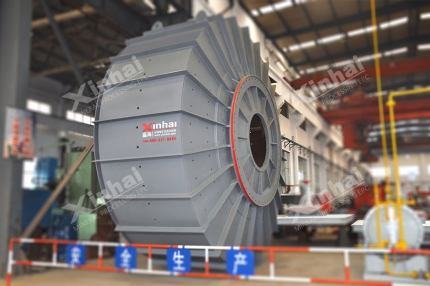The parts where ball mills often fail are mainly in the reduction box gears and rolling bearings as well as the ball mill barrel bearings. Failure of these components during production will seriously affect the efficiency of the overall grinding process. Xinhai Mining recommends inspection and fault diagnosis of the gear transmission system and bearing parts, timely solution and replacement of parts to improve the efficiency of the overall mineral processing plant. The following will introduce you to the fault diagnosis of ball mill bearings and gear transmission systems and the analysis of abnormal situations to help you better understand the working principle of ball mills.
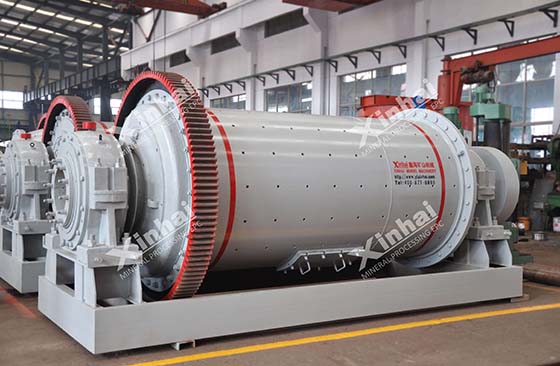
Use the table of contents below to navigate through the guide:
01Ball mill bearing failure diagnosis
In the mineral processing industry, the stable and safe operation of the ball mill can be directly affected by the working performance of the small spur gear bearing of the ball mill. In daily work, it is necessary to monitor the status of the small spur gear bearing and diagnose faults. Rolling bearings are one of the most commonly damaged parts of mechanical equipment. Common abnormalities at work include the following:
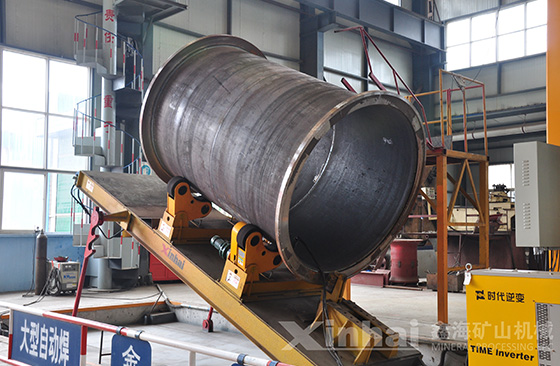
1. Fatigue spalling: The raceways and rolling element surfaces of ball mill rolling bearings need to rotate relative to each other while bearing loads. Due to the force of alternating loads on the bearing surface, cracks first form at a certain depth. As time goes by, peeling pits are easily formed on the surface.
2. Wear: Due to mechanical reasons and the intrusion of impurities and foreign matter, surface wear of bearing raceways, rolling elements, cages, hollows or installed bearings will occur. This wear increases bearing clearance, causes surface roughness, reduces machine operating accuracy, and increases vibration amplitude and noise.
3. Plastic deformation: This deformation is mainly caused by the bearing receiving excessive impact load, static load, load accumulation or short-term overload.
4. Corrosion: Corrosion on the bearing surface is mainly caused by lubricating oil, water or air. The slight relative movement of the bearing ring in the shaft hole or the shaft diameter will also cause microshock corrosion on the bearing surface.
5. Fracture: Fracture of bearing parts is mainly caused by excessive load or fatigue. In addition, residual stress caused by assembly and excessive operating thermal stress can also cause cracks or breaks in bearing parts.
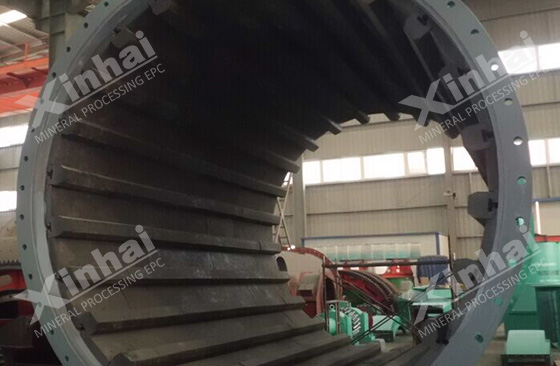
6. Gluing: The raceway and rolling element surfaces will be locally fused together due to friction and heat caused by poor bearing lubrication, high-speed operation, heavy load, high temperature, excessive starting acceleration, etc.
Bearing failure is one of the common failure modes of ball mills. Common bearing detection and diagnosis methods in production practice mainly include vibration diagnosis method, optical fiber detection technology, contact resistance method, and main bearing temperature and pressure parameter method. The specific method should be selected according to the actual situation.
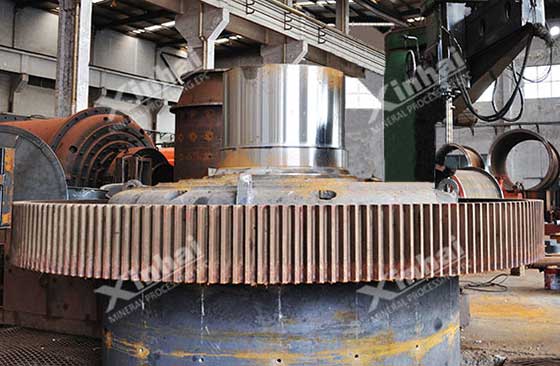
02Fault diagnosis of ball mill gear rotation system
In a ball mill, gear rotation is the main transmission method, and the operating status of the gear transmission system often directly affects whether the ball mill can work normally. The processing technology of the components of the gear transmission system is relatively complex and requires high assembly accuracy. Continuous operation at high speeds and heavy loads will increase the failure rate of the gear transmission system. This is also the main reason why the ball mill cannot operate normally. The traditional regular maintenance method cannot predict failures scientifically and cannot fundamentally prevent failures. At the same time, short maintenance cycles will increase maintenance costs and time, cause a waste of resources, and affect normal mineral processing production. Therefore, it is necessary to perform condition monitoring and fault diagnosis on the gear transmission system.
The basic forms of gear abnormalities include: tooth surface wear, tooth surface gluing and scratches, tooth surface contact fatigue, bending fatigue and broken teeth. Due to different factors such as gear manufacturing, operation, maintenance, gear material, heat treatment, operating status, etc., the abnormal forms generated are also different, so fault diagnosis needs to be carried out based on the actual situation.
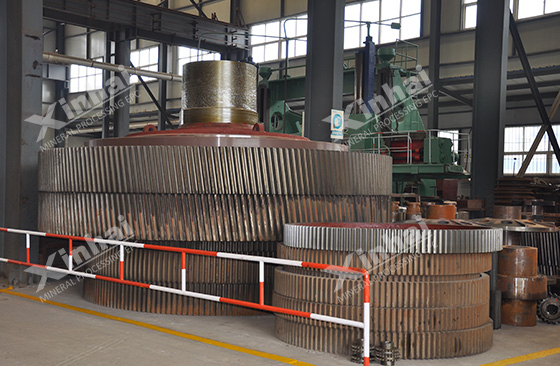
The above is a brief discussion of fault diagnosis of ball mill bearings and gear transmission systems. Understanding the abnormal conditions of bearings and gears can accurately grasp the operating status of the ball mill and determine the critical point of failure of the ball mill, which not only ensures the normal operation of the ball mill, but also reduces the maintenance cost of the ball mill. In addition, when choosing a ball mill, you should choose a professional ball mill manufacturer to ensure the quality of the equipment and facilitate subsequent equipment maintenance.


 marketing@ytxinhai.com
marketing@ytxinhai.com  0086 13810327080
0086 13810327080 

































































































 CHAT
CHAT MESSAGE
MESSAGE




